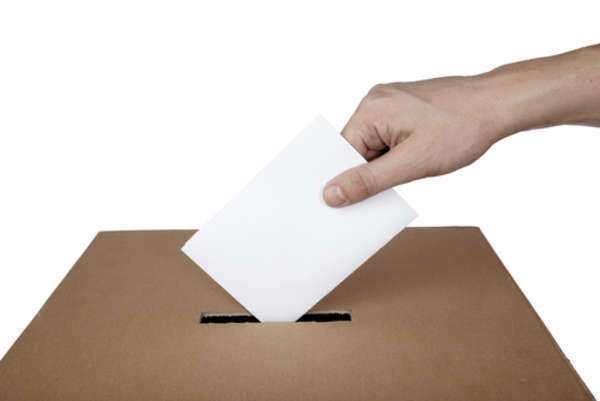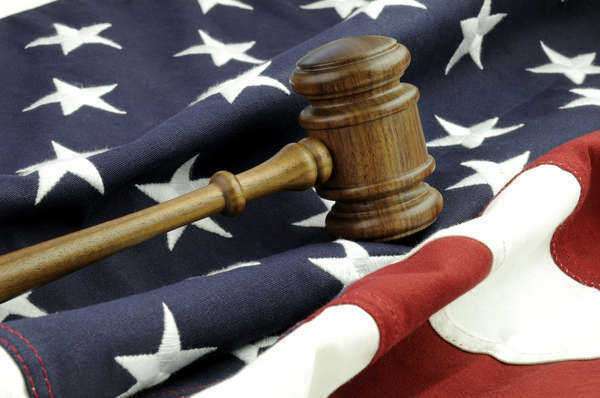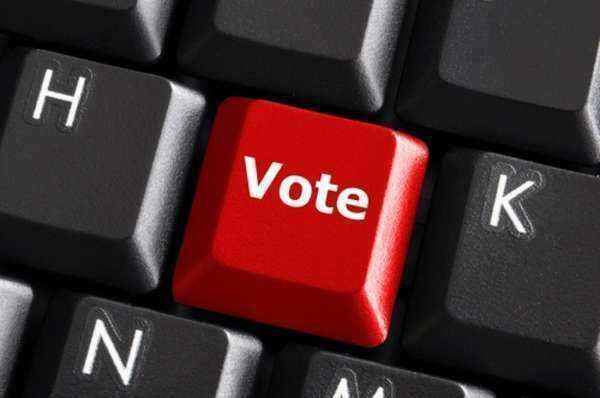Election Results 2009



The election of 1864 came as the Civil war continued. President Lincoln ran against the former Civil War General, George McClellan. The American Presidential election was filled with controversy about the Civil war and McClellan was known as the peace candidate. In contrast, Lincoln became President as the Civil War began.
The country was divided and many still believed in what Lincoln was fighting for. Lincoln did not want slavery to expand across the United States and he did not want a divided country. The divisions between ideas included conflicts between family members. In fact, family members were sometimes split and fighting on different sides during the war. In fact, a new political party emerged during the conflict. The National Union party was formed by war democrats.
As the Civil war raged,the American Presidential election excluded those states that were considered Confederate States. President Lincoln won the Election of 1864 by more than four hundred thousand popular votes. It was the first time that a President was re-elected since 1832. The country's faith in Lincoln was strong and many believed that he could bring about the desired change.
This American Presidential election was the fist time in which serving soldiers were able to cast ballots. In fact, the army gave Lincoln over seventy percent of their votes. Less than two months after Lincoln's inauguration, he was assassinated.

There were many important issues during the 2004 presidential election. In fact, domestic policy was a hot issue, as result of the terrorist attacks on this country in 2001. President George W. Bush was running against John Kerry.
The invasion of Iraq in 2003 was seen as necessary by many Americans. The war on terrorism was still important to most Americans, but especially by those that had been effected by the terrorist attacks on September 11, 2001. The nation wanted to hold someone accountable for the attacks. The war on terrorism helped to bolster Bushes popularity, although there were also many Americans against the war.
The 2004 election map seemed to show which states would vote for each particular candidate. In fact, many thought the results would be clear cut, with Bush winning by a landslide. On the 2004 election map, Ohio was important and Bush won the state, although Kerry had the option to dispute those facts, but he chose not to. That choice has stumped many people, as the outcome in Ohio could have changed the results of the election.
To this day controversy surrounds the voting process in Ohio during the 2004 presidential election, as well as in other states. There were also errors in which the vice presidential candidate received an electoral vote, rather than the Presidential candidate, taking one electoral vote away form Kerry. Despite the controversy, President Bush won the election.



